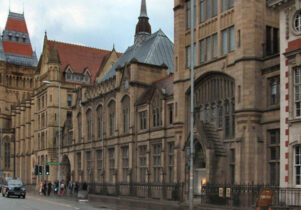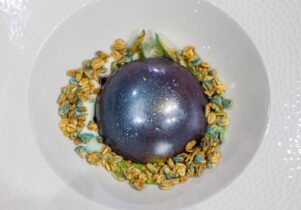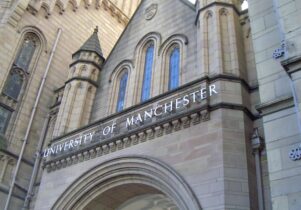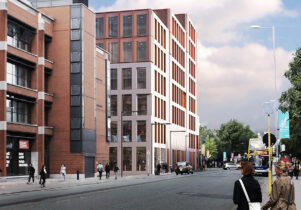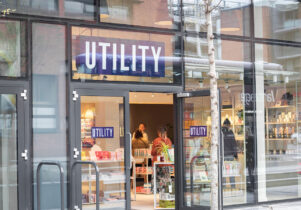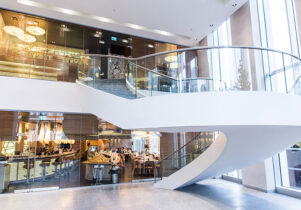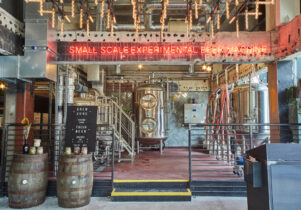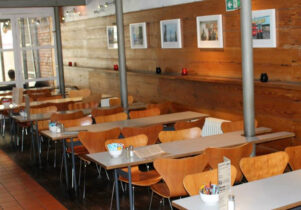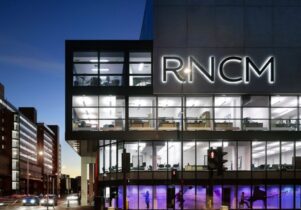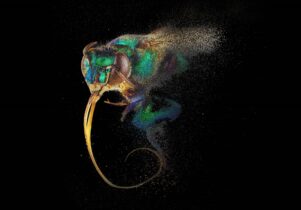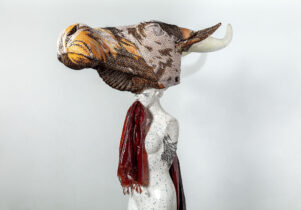Climate Control at Manchester Museum
David Perkins
Green is this season’s colour at Manchester Museum as Vivienne Westwood opened its new show Climate Control, a bespoke exhibition, designed by MET Studio, that looks at the environment, transformation and climate change.
Black, however, was the colour most associated with Manchester during its 19th century growth as the first modern city of the industrial revolution. Devoted to filthy lucre and unregulated industrial growth the result was a crowded, labyrinthine landscape of smoke, darkness and dirt. The dark side of the city’s industrial growth and technological innovation was unprecedented environmental degradation.
Camellias and roses planted in the polluted city centre were observed to wither and die; ‘the drips’ (rain water and damp, black with grime) tainted people, clothing and interiors; stunted trees were recorded by photographer James Mudd, in a series of images that were used in court (one of the first occasions when photographs were used as evidence) to argue that chemical pollution was damaging to flora and fauna; white speckled Peppered moths in Manchester evolved to black in the soot of the city’s pollution; the gold sandstone of the town hall was so discoloured that visitors to the city thought it to be black granite.

A peppered moth sculpture forms part of the exhibition’s displays and the story of its evolution, to black, is a linking thread across the displays which also include fossilised plants, and specimens of Arctic animals and migrating birds. The exhibition is complemented by a lively programme of events, and visitors will have the opportunity to engage with researchers in creative dialogue demonstrating the museum’s dynamic commitment to engagement, research and learning: Manchester Museum may contain fossils but this is not an institution of stasis.
In Victorian Manchester, slowly, painfully the connections between industry, pollution, the environment and human health were made and were a clarion call to the first generation of activists, whose civic action led to the smoke abatement exhibitions, clean air acts and the creation of suburban public parks, all of which nationally benefited public health. This exhibition is very much in that tradition; Manchester Museum is working in partnership with the Manchester Climate Change Agency, the Tyndall Centre for Climate Change and Manchester City Council to generate discussion and action on climate change. The exhibition is also a contribution to Manchester’s stint as European City of Science.
Climate Control is a call to action to the next generation of activists in a world threatened by new environmental challenges.

